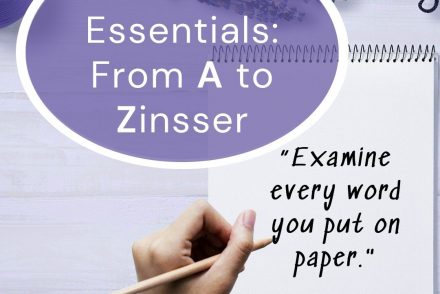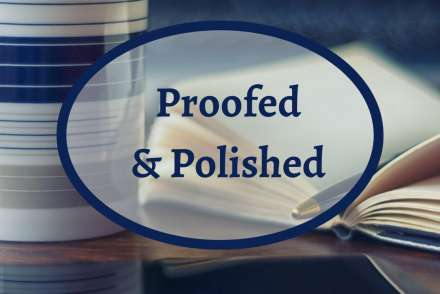
Creating a Story Title
Do you have difficulty coming up with a title for your article or story? This is sure to be…
February 22, 2025
Do you have difficulty coming up with a title for your article or story? This is sure to be…
February 22, 2025
Your first draft is only the beginning, not polished enough to send to a publisher. When your proposal is…
November 26, 2024
You finished writing your book, begged an avid reader to give you some input, and made revisions. Are you ready to…
August 26, 2022
Three months into the new year and I am eager to get started on the first draft of a…
March 4, 2022
“Rewriting is the essence of writing well; it’s where the game is won or lost. That idea is hard…
February 21, 2022
Have you ever decided to buy a certain product because the packaging assures you that it’s better? I didn’t…
November 10, 2021
Last month I shared three things I’ve learned on my way to becoming a soon-to-be-published middle grade author. I…
October 16, 2021
Let’s talk about contractions. I mentioned them last month in the context of using apostrophes correctly. Some words that…
September 10, 2021
Writers Chat, hosted by Jean Wise, Johnnie Alexander, and Brandy Brow, is the show where we talk about all…
August 31, 2021
In elementary school, I distinctly remember doing numerous worksheets on the possessive -s. There would be a list of…
August 22, 2021
As we continue this editing series how we can develop a great story, I hope you’re able to see…
January 22, 2021
Keeping Your Sentences Clear Example #1 “They had such a great time at the amusement park. First, my aunt…
January 10, 2021
A Scenario… Finally! You sit back in your chair and breathe a sigh of relief. The project is done,…
September 10, 2020
Recently, I finished the first draft of my latest screenplay. The crazy part is I didn’t think I had…
July 4, 2020
As we continue this editing series how we can develop a great story, I hope you’re able to see…
April 22, 2020
As we continue this editing series how we can develop a great story, I hope you’re able to see…
March 22, 2020
This is the first post in my editing series in 2020 for how to develop a great story by…
January 22, 2020
In light of the holiday season, here’s a final fun topic in our Punctuation Series: editing commas within independent…
December 22, 2019
We’re toward the end of our self-editing blog post punctuation series, but it certainly is not the end of…
October 22, 2019
Here we are, nearly at the end of our year-long punctuation/grammar series. I hope you’ve learned a lot and…
September 22, 2019
In the world of grammar and punctuation, there are three types of dash (hyphen, en dash, and em dash).…
July 22, 2019
Presentation is everything, especially when it comes to the publishing world. And your presentation of punctuation is crucial to…
March 22, 2019
Presentation is everything, especially when it comes to the publishing world. And your presentation of punctuation is crucial to…
February 22, 2019
When meeting first time bloggers, I am often asked about hosting, web pages, and behind the scenes technical issues.…
January 24, 2019
Presentation is everything, especially when it comes to the publishing world. And your presentation of punctuation is crucial to…
January 22, 2019